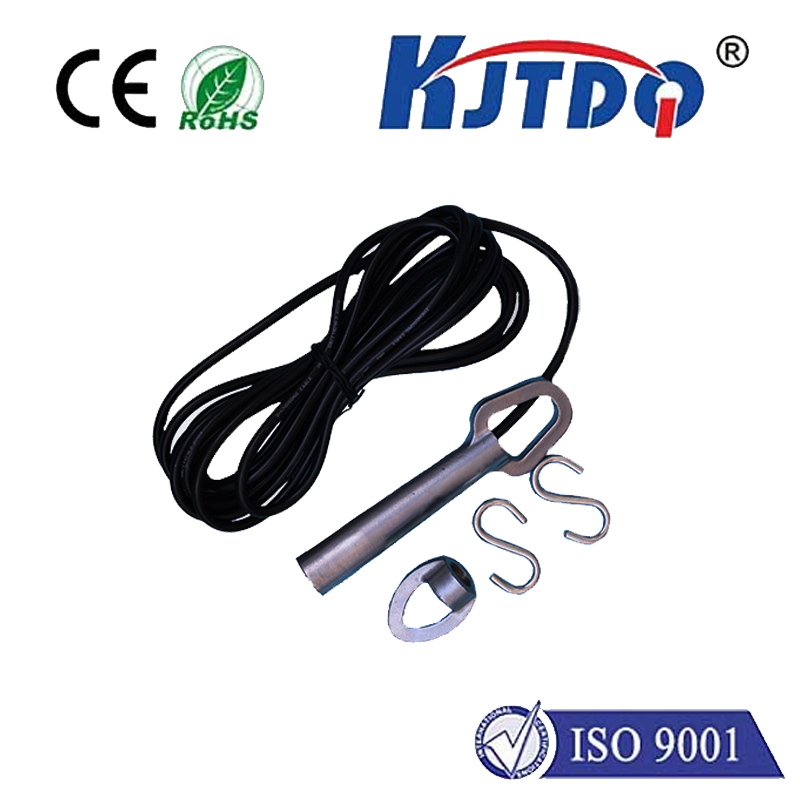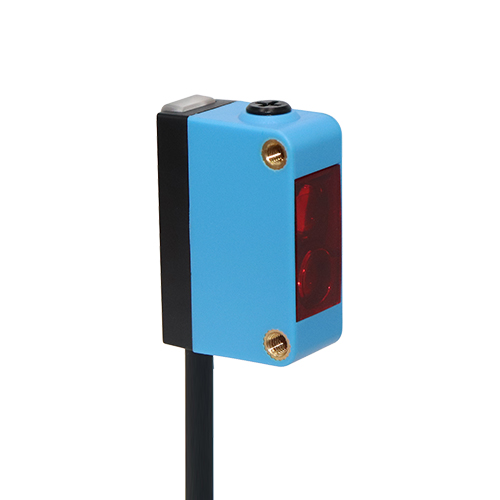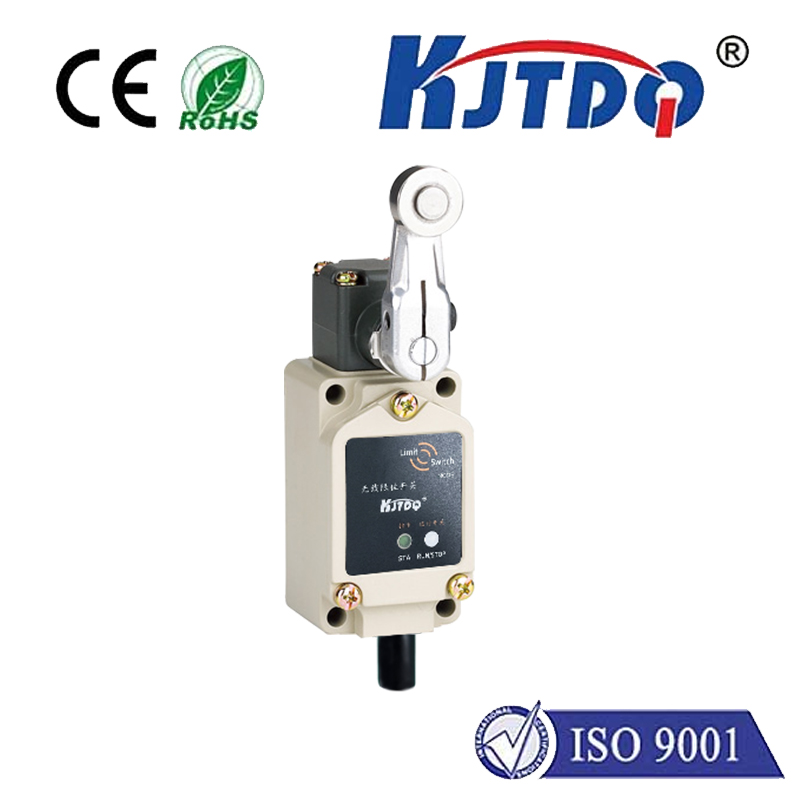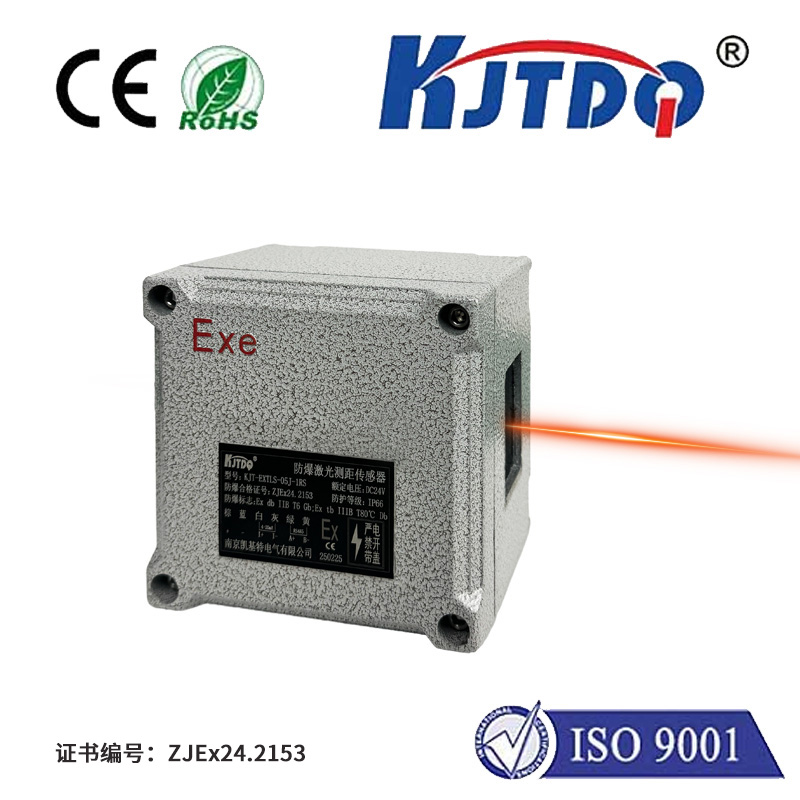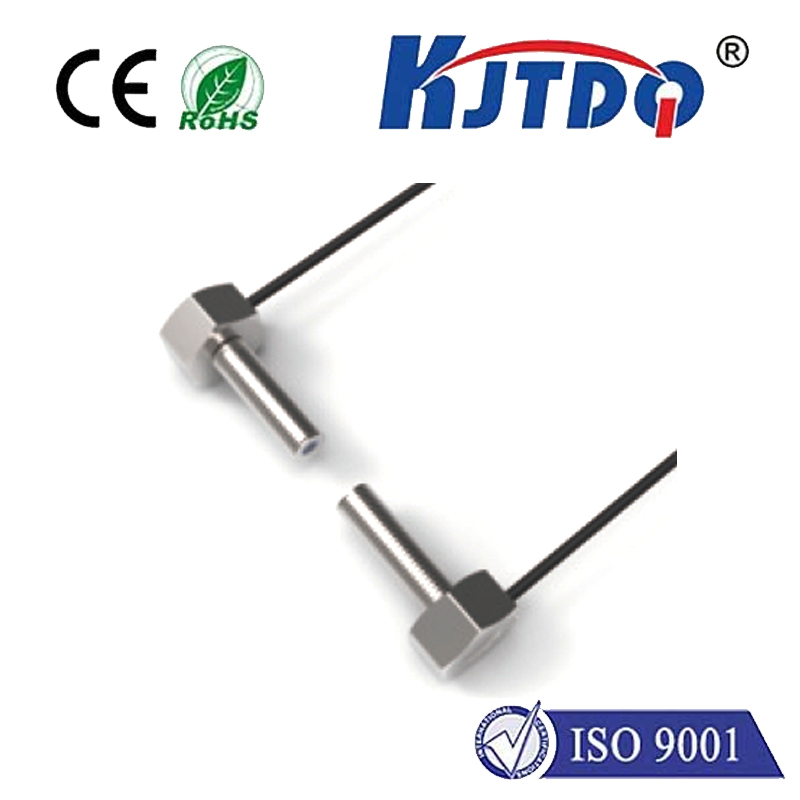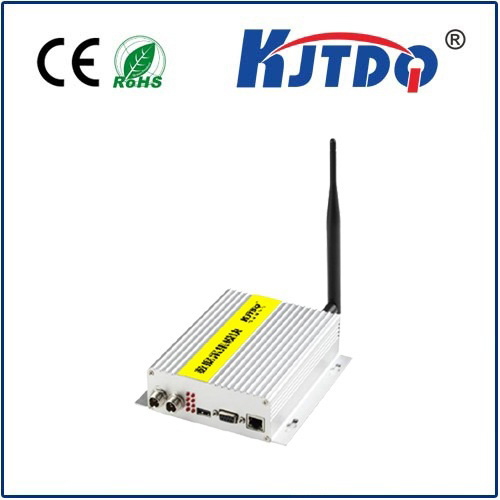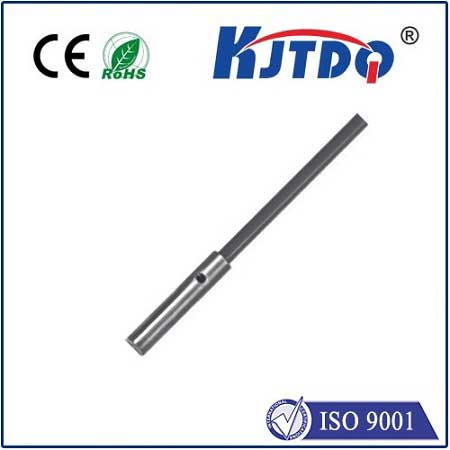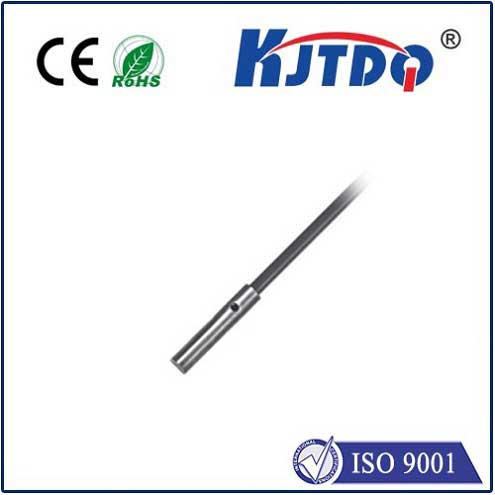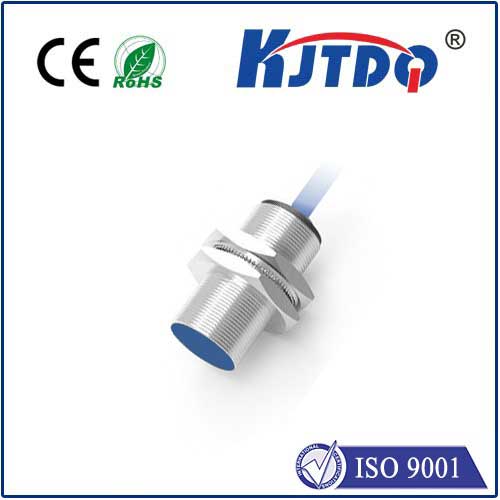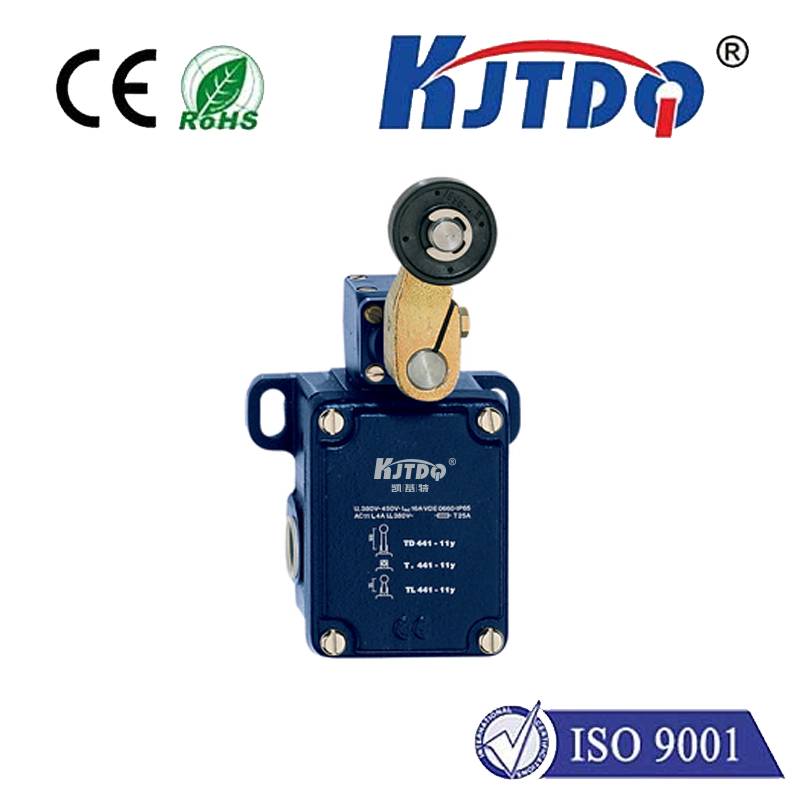

check

check

check

check

check

check

check

check

check

check
Exploring Capacitive Inductive Sensors: The Future of Sensing Technology
Capacitive inductive sensors have emerged as a revolutionary technology in the world of sensing devices. These advanced sensors are designed to detect changes in capacitance and inductance, which are crucial factors in various applications ranging from automotive industry to healthcare monitoring. In this article, we will delve into the features, benefits, and potential uses of capacitive inductive sensors, and explore how they are shaping the future of sensing technology.
What Are Capacitive Inductive Sensors?

At their core, capacitive inductive sensors are electronic components that can sense changes in capacitance or inductance. They consist of an oscillator circuit that generates a frequency signal based on the capacitance or inductance detected by the sensor. When there is a change in capacitance or inductance due to the presence or absence of an external object or material, the frequency signal changes accordingly, allowing the sensor to detect and measure these variations.
Benefits of Capacitive Inductive Sensors
Capacitive inductive sensors offer several advantages over traditional sensors. Firstly, they are highly sensitive and accurate, capable of detecting small changes in capacitance or inductance with great precision. Secondly, they are non-contact, meaning they do not require physical contact with the object or material being sensed, reducing wear and tear on the sensor and increasing its lifespan. Thirdly, they can operate in harsh environments, making them ideal for use in industrial settings where other types of sensors may fail.
Potential Uses of Capacitive Inductive Sensors
The potential applications for capacitive inductive sensors are vast and varied. In the automotive industry, they can be used to monitor fuel levels, detect seat occupancy, and enhance vehicle safety systems. In healthcare, they can be utilized to develop wearable devices that monitor vital signs such as heart rate and respiration rate. Additionally, they can be incorporated into smart homes to control lighting and HVAC systems based on occupancy and movement.
Conclusion
Capacitive inductive sensors are poised to be game-changers in the field of sensing technology. Their ability to accurately detect changes in capacitance and inductance coupled with their durability and versatility make them ideal for a wide range of applications. As this technology continues to evolve, we can expect to see even more innovative uses emerge, further advancing our ability to sense and interact with the world around us.
